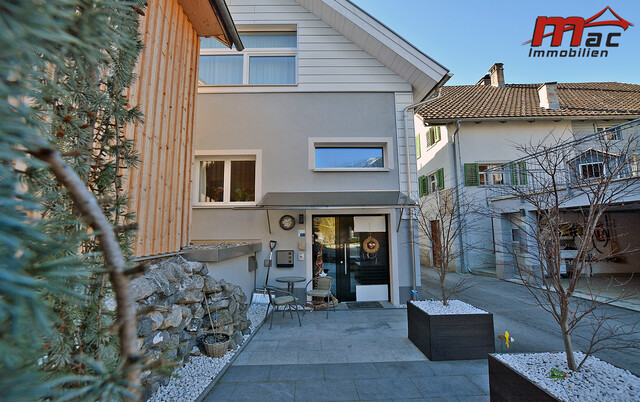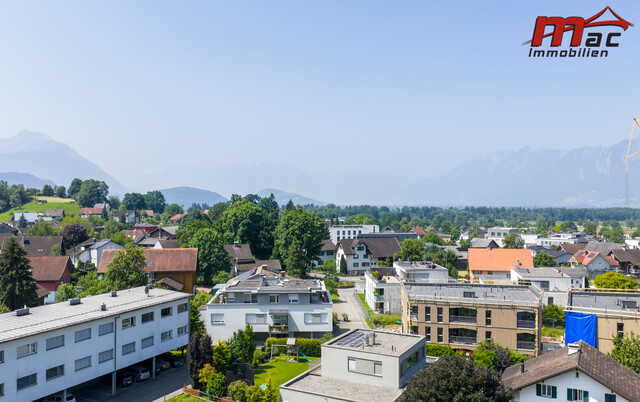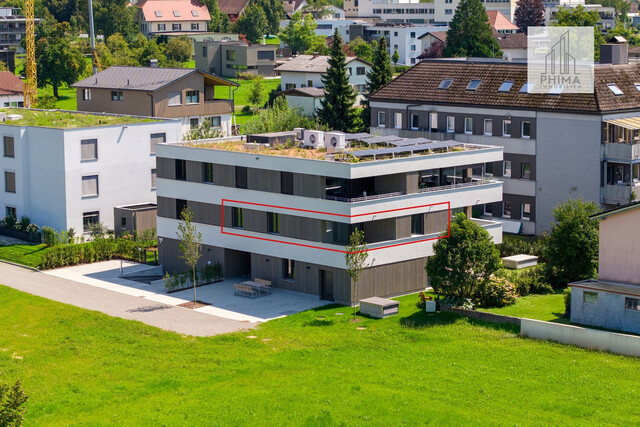Winemakers Expect Significantly Better Wine Harvest

Consumers can therefore look forward to a high-quality, "fruit-focused" vintage.
In 2024, the weather spoiled the wine harvest for the winemakers, resulting in the smallest harvest in 14 years. For comparison: In the 5-year average (2020-2024), winegrowers achieved around 2.32 million hectoliters according to data from Statistics Austria. This year, the growing conditions were significantly more favorable from the winemakers' perspective, with better rainfall distribution, more variable weather, and fewer late frost events. Therefore, a "more relaxed" harvest is expected, especially since the weather forecast for the coming weeks is stable, explained Schmuckenschlager.

Good Harvest, But Varied Challenges
Although this development is a reason for joy, winemakers are currently facing major challenges. In addition to the high costs that have been present for some time, which cannot be fully absorbed by the market, and the additional pressure from US tariffs, Schmuckenschlager particularly mentioned the pest pressure, which is currently taking on particularly worrying dimensions with the spread of the American grapevine leafhopper.
He expects a "zero tolerance policy" from the authorities in this regard, which, in extreme cases, must also include clearings to protect production. The American grapevine leafhopper transmits the so-called Flavescence dorée disease. This highly infectious plant disease leads to the death of affected vines within a few years. The insect is causing trouble in Styria.
According to Schmuckenschlager, looser regulations for plant protection products would provide relief. In parallel, the industry is calling for the reduction of bureaucratic barriers and better financial support for the Austrian Wine Marketing (ÖWM), as stated in a recently published position paper by the domestic winegrowers' association.
Alcohol-Free Wine as a Trend Product
Alternative grape products, including low-alcohol or alcohol-free wines, which are enjoying increasing demand, were also a topic at the media event. In Austria, these wines currently have a market share of 2 to 4 percent - with a rising trend. The wine industry supports the development towards alternative wine products: "If it is the consumer's wish, then Austrian wine should also be available alcohol-free," emphasized the ÖVP parliamentarian.
(APA/Red)
This article has been automatically translated, read the original article here.
Du hast einen Hinweis für uns? Oder einen Insider-Tipp, was bei dir in der Gegend gerade passiert? Dann melde dich bei uns, damit wir darüber berichten können.
Wir gehen allen Hinweisen nach, die wir erhalten. Und damit wir schon einen Vorgeschmack und einen guten Überblick bekommen, freuen wir uns über Fotos, Videos oder Texte. Einfach das Formular unten ausfüllen und schon landet dein Tipp bei uns in der Redaktion.
Alternativ kannst du uns direkt über WhatsApp kontaktieren: Zum WhatsApp Chat
Herzlichen Dank für deine Zusendung.








